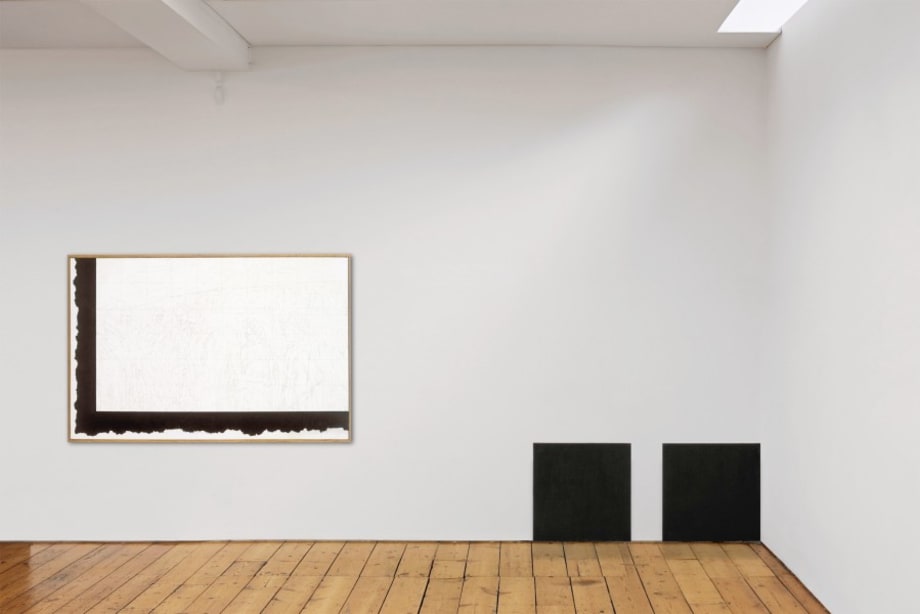
Art & Language, Ilya Kabakov The NonObjective World, 1972
Kasimir Malevich (1879-1935) debuted his new creative theory of basic geometric shapes with the publication of his Suprematist manifesto in 1915. He later published a follow-up entitled The Non-Objective World in 1927, which further elucidated his vision of an art that emphasized the "primacy of pure feeling." With Suprematism, Malevich strove to move his artistic focus away from.
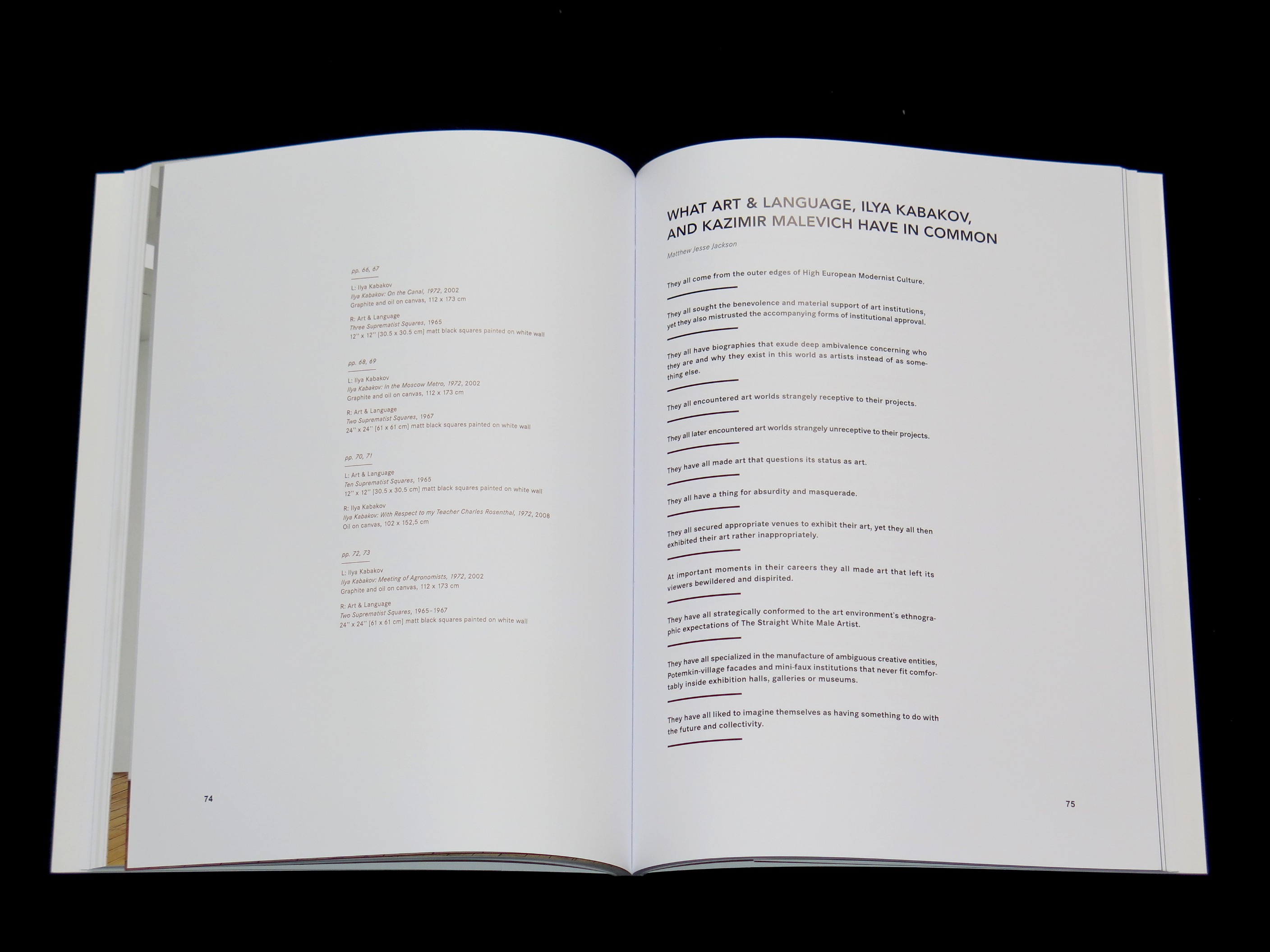
The NonObjective World Art & Language Kabakov
Access-restricted-item true Addeddate 2019-07-23 02:58:54 Associated-names Malevish, Kasimir Bookplateleaf 0004 Boxid IA1371221 Camera Sony Alpha-A6300 (Control)

The Nonobjective World
Kasimir Malevich (1879-1935) debuted his new creative theory of basic geometric shapes with the publication of his Suprematist manifesto in 1915. He later published a follow-up entitled The Non-Objective World in 1927, which further elucidated his vision of an art that emphasized the "primacy of pure feeling." With Suprematism, Malevich.

Art & Language, Ilya Kabakov The NonObjective World
One of the 20th century's most profound statements of aesthetic theory, this work defined the artist's radical, nonobjective style, which he referred to as Suprematism, the preeminence of emotion in creating works of art. Included here among Malevich's most famous works is the 1913 painting Black Square on White. 92 black-and-white illustrations.
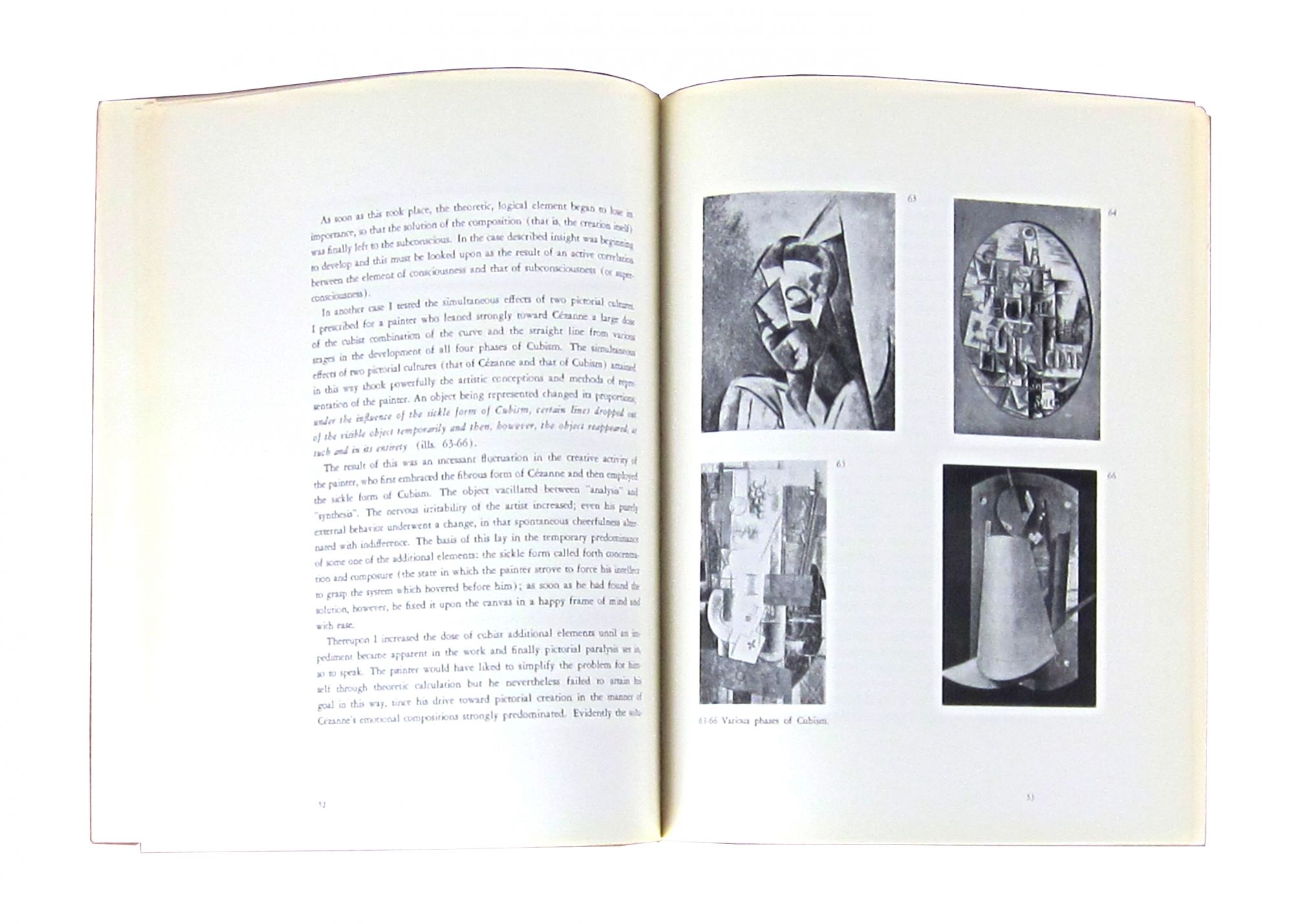
The NonObjective World by Kasimir Malevich; Howard Dearstyne [trans.]; L[udwig] Hilberseimer
The Non-Objective World Quotes Showing 1-2 of 2. "Art no longer cares to serve the state and religion, it no longer wishes to illustrate the history of manners, it wants to have nothing further to do with the object, as such, and believes that it can exist, in and for itself, without "things" (that is, the "time-tested well-spring of life").".
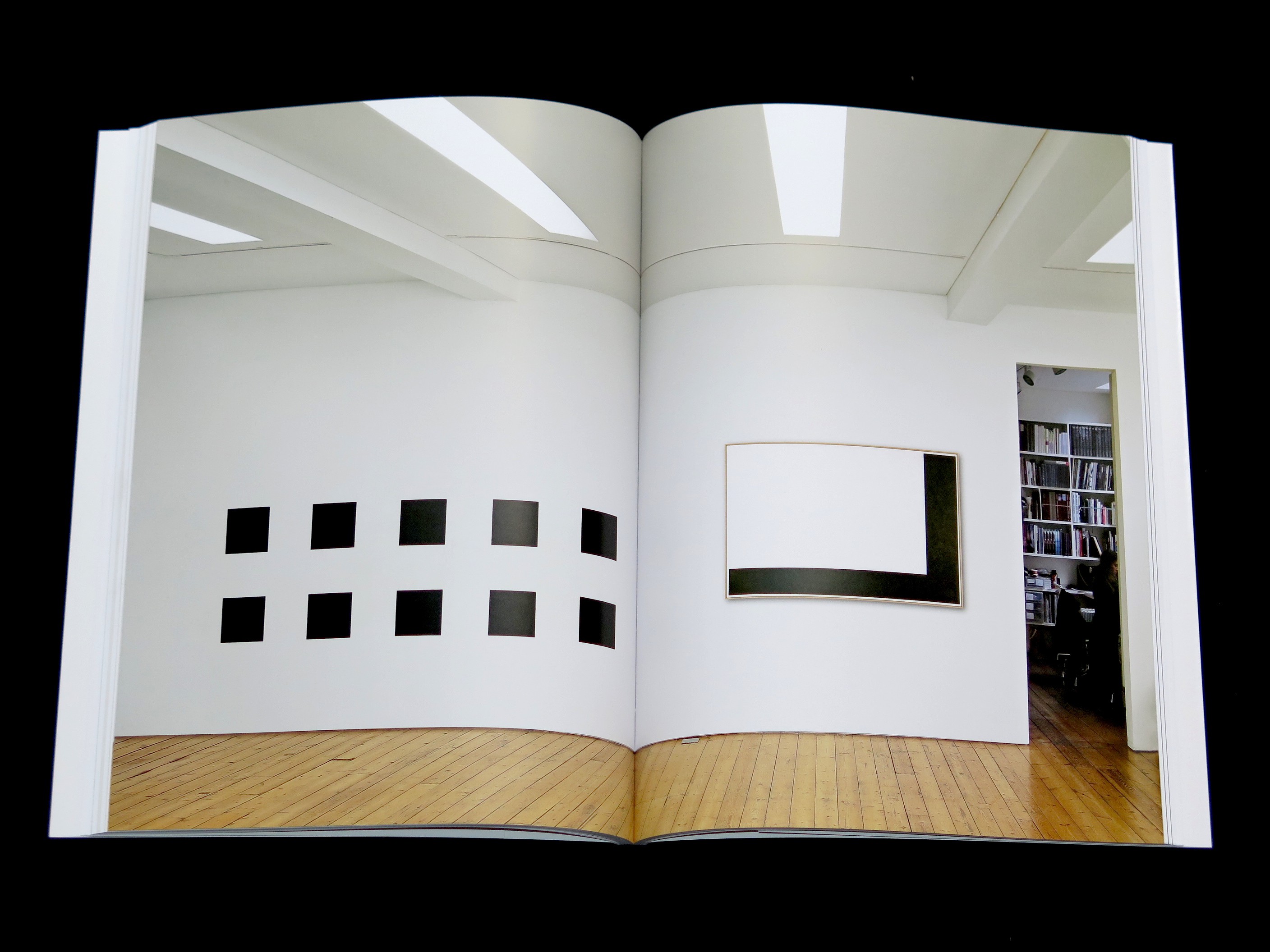
The NonObjective World Art & Language Kabakov
First published in 1926, "The Non-Objective World defined the artist's radical, non-objective style, which he referred to as Suprematism--a mode of expression in which emotion dominated all other artistic considerations. Among Malevich's many innovative works included in the text are the famous 1913 painting of "Black Square on White and "White.

The NonObjective World Art & Language Kabakov Exhibition Catalogues Books
A detailed non-objective art definition includes the genre in art as a segment of abstract art that does not express physical representations of real-world objects, individuals, and other aspects of the natural environment. Gelb-Rot-Blau (1925) by Wassily Kandinsky; Wassily Kandinsky, Public domain, via Wikimedia Commons

The NonObjective World Art & Language Kabakov
Malevich traveled to Germany in 1927. He visited the Bauhaus in Dessau and was able to arrange the publication of his essay "The Non-objective World," which was then published as the eleventh volume in the Bauhausbücher series. Today, Malevich is known as one of the most important artists and theorists of the so-called Russian avant-garde.

The NonObjective World Twentyfive Years 19141939 28 June 30 September 1978 Overview
One of the 20th century's most profound statements of aesthetic theory, this work defined the artist's radical, nonobjective style, which he referred to as Suprematism, the preeminence of emotion in creating works of art. Included here among Malevich's most famous works is the 1913 painting Black Square on White . 92 black-and-white illustrations.
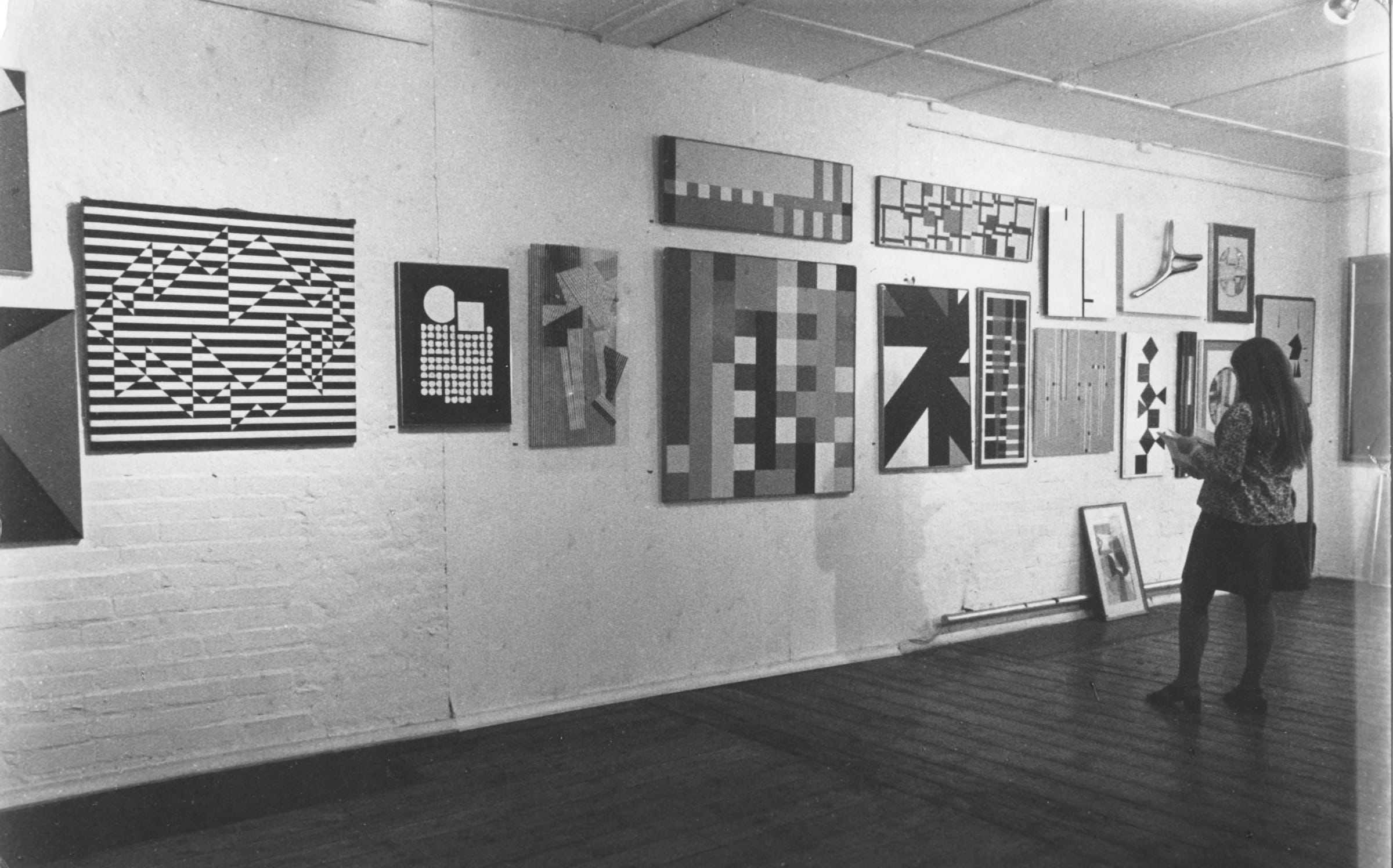
The NonObjective World 19391955 5 July 22 September 1972 Installation Views Annely
Thus the image of a non-objective world developing dynamically in all directions is seen as replacing the traditional religious icon and becomes an icon of the new era. Here again there might be a reference to Malevich. In the historical exhibition "0,10. Last Futurist Exhibition", which took place in December 1915 in Petrograd, Malevich.
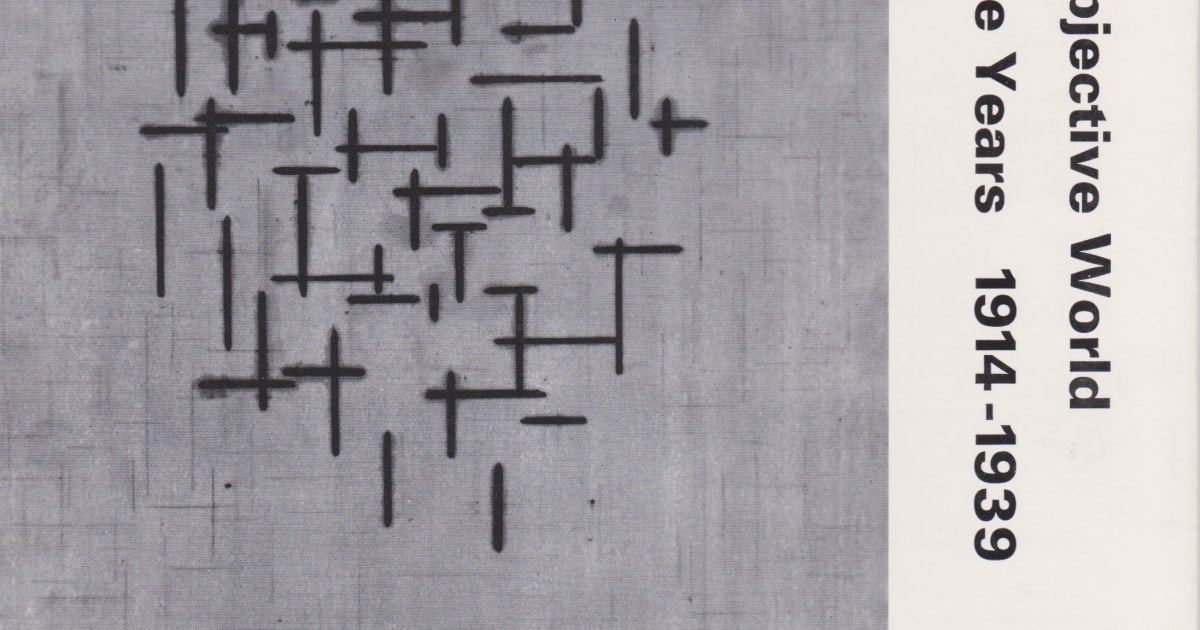
The NonObjective World Twentyfive Years 19141939 28 June 30 September 1978 Overview
Maybe a minimalist at heart, Malevich paved a way for non-objective art during a period of world history in the trenches. In this article, we explore Kazimir Malevich as a man and artist in more detail. Table of Contents [ Show] Artist in Context: Who Was Kazimir Malevich?

The NonObjective World 19391955 5 July 22 September 1972 Overview Annely Juda Fine Art
The Non-Objective World, trans¬ lated and published. The translation from Russian into German was made by A. von Riesen and the book was published by Albert Langen, Munich, in 1927 as volume 11 of the series of Bauhaus books under the title of Die Gegenstands- lose Welt. An English translation of the second part, Suprematism, was made by
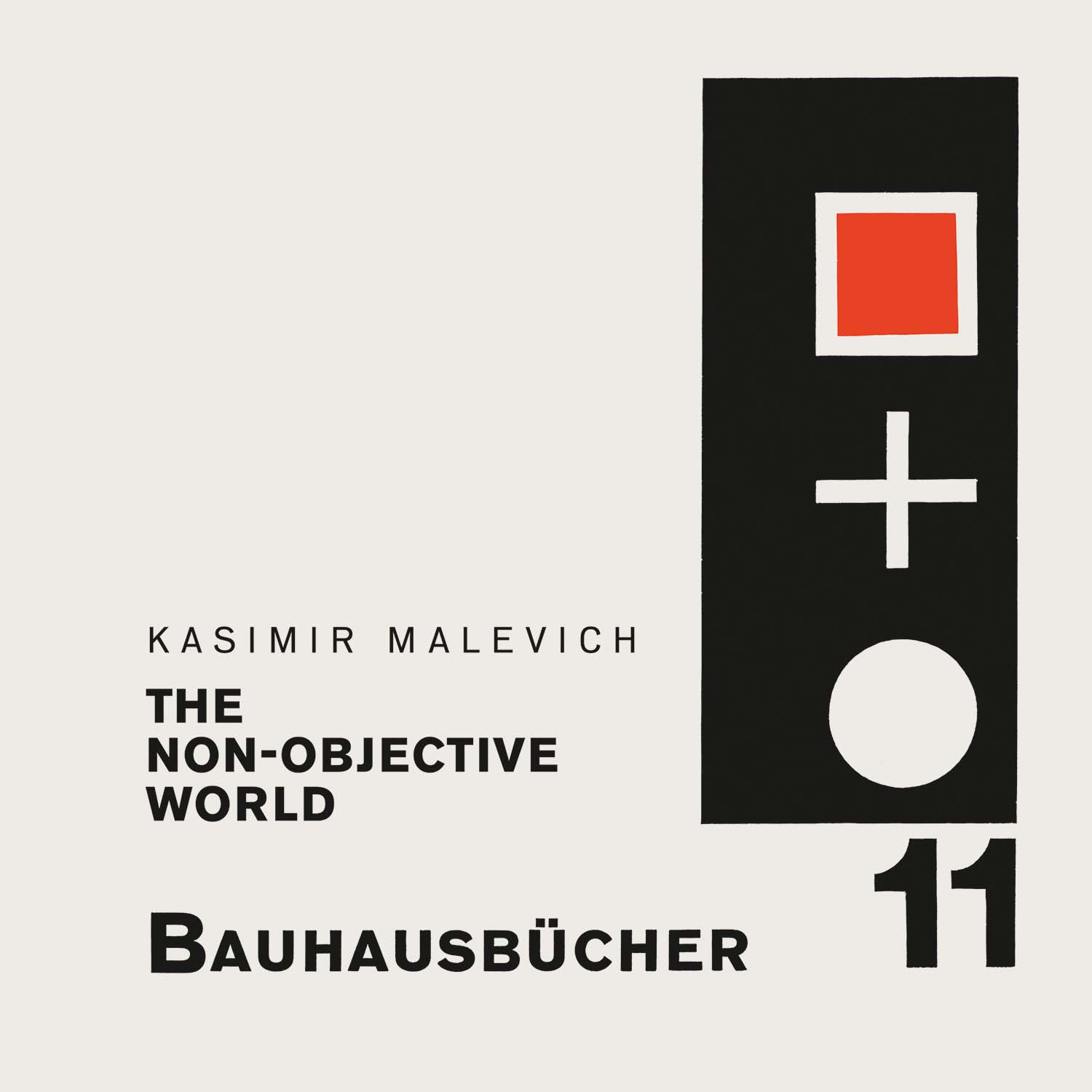
The Nonobjective World. Bauhaus Movement
Kasimir Malevich (1879-1935) debuted his new creative theory of basic geometric shapes with the publication of his Suprematist manifesto in 1915. He later published a follow-up entitled The Non-Objective World in 1927, which further elucidated his vision of an art that emphasized the "primacy of pure feeling." With Suprematism, Malevich.

The NonObjective World The Manifesto of Suprematism by Kazimir Malevich
Summary of Kazimir Malevich. Kazimir Malevich was the founder of the artistic and philosophical school of Suprematism, and his ideas about forms and meaning in art would eventually constitute the theoretical underpinnings of non-objective, or abstract, art.Malevich worked in a variety of styles, but his most important and famous works concentrated on the exploration of pure geometric forms.
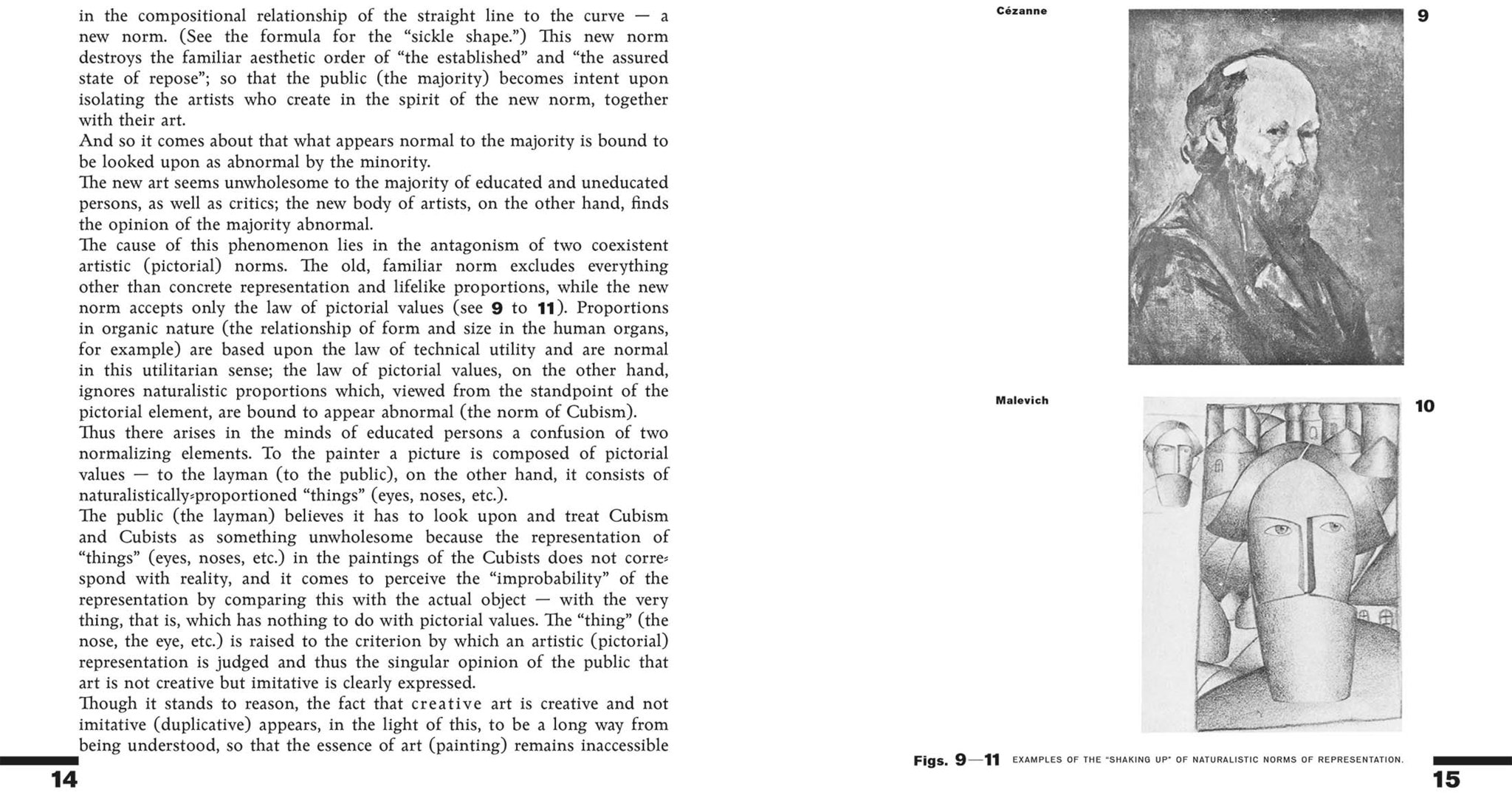
The Nonobjective World. Bauhaus Movement
First published in 1926, "The Non-Objective World defined the artist's radical, non-objective style, which he referred to as Suprematism--a mode of expression in which emotion dominated all.
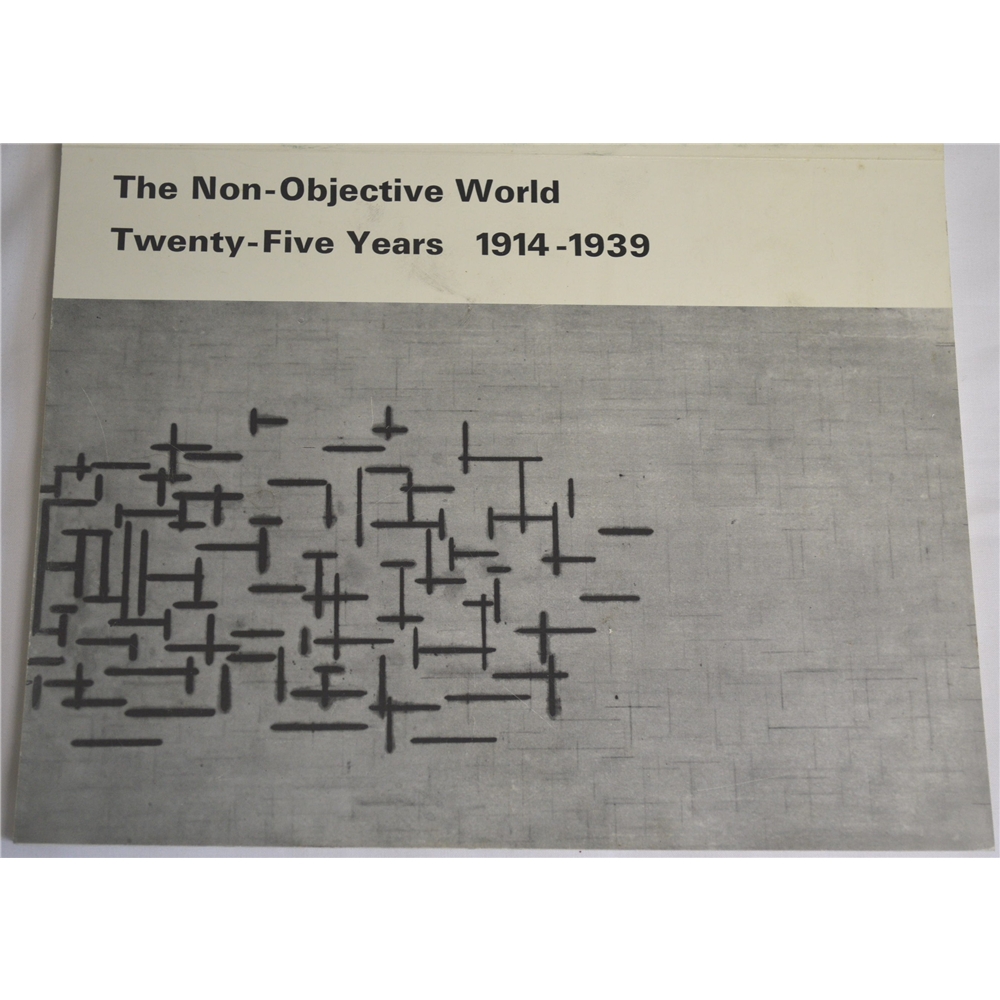
The NonObjective World TwentyFive Years 19141939 Oxfam GB Oxfam’s Online Shop
Kasimir Malevich (1879-1935) debuted his new creative theory of basic geometric shapes with the publication of his Suprematist manifesto in 1915. He later published a follow-up entitled The Non-Objective World in 1927, which further elucidated his vision of an art that emphasized the "primacy of pure feeling." With Suprematism, Malevich.